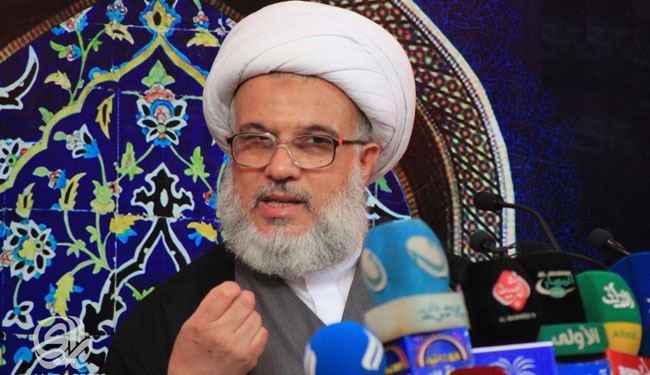
RNA – During his Friday prayer sermon delivered to a large and fervent crowd of believers in the Iraqi city of Karbala’s Holy Shrine of Imam al-Husayn, Hujjat al-Islam Abdul-Mahdi al-Karbala’i said that we are currently commemorating the movement of Imam al-Husayn in which he was martyred in order to reform the ummah of his grandfather, the Prophet Muhammad, and the tragedy which befell Islam and the Muslim community in this cause.
The representative of Grand Ayatollah Sayyid Ali al-Sistani said that the legacy of the mourning ceremonies held to commemorate the martyrdom of Imam al-Husayn in 680 CE, is the hundreds of thousands of heroes which created the greatest epic on the battlefield.
Hujjat al-Islam al-Karbala’i said that it narrated from the Imams that crying for Imam al-Husayn and expressing one’s sadness over the tragedy which befell the Imam, his family and companions is considered worship itself which leads to closeness toward God and His prophet and is an act which is worthy of abundant and great reward.
“Grief for the ‘Master of the Martyrs’ is an honest and loyal expression for the Prophet and the Ahlul-Bayt because God ordered us to have love and affection for them,” he said.
The Iraqi scholar explained that the narrations explain that the “Ahlul-Qurba” [the Prophet’s close relatives] are Imam Ali, Lady Fatimah, Imam al-Hasan and Imam al-Husayn. “This love is a branch of the branches of the love of God. The Ahlul-Bayt sacrificed their lives and property to promote the prophetic mission to the people,” he said.
Hujjat al-Islam al-Karbala’i said our duty as believers is that we should love them more as they are our dear ones. “The mourning ceremonies for Imam al-Husayn and the symbols of mourning for him are of our greatest treasures and we cannot neglect them and must use all of the means available to protect them,” he said.
In conclusion, the Iraqi scholar noted that it is necessary that during the mourning ceremonies, scholars offer solutions and use credible sources in the expression of the sacrifices of the Ahlul-Bayt.
112/930